 There is some ambiguity on what this system is called. Some call it "Head Up Display," and others refer to it as "Heads Up Display." For simplicity, I'll use Head Up Display in this post.
There is some ambiguity on what this system is called. Some call it "Head Up Display," and others refer to it as "Heads Up Display." For simplicity, I'll use Head Up Display in this post.My first experience with this technology was in 1969 as a Flight Simulator Technician for the United States Air Force. At that time, the Phantom II (Phantom F4-E) jet had a similar system. Now, 40 years later, I have one of these devices in the Vette.
I won't go into the technology of how it works, because the more important aspect of this writing is in telling you what it does. In a nutshell, it transfers information and projects it onto your windshield so you can see it easily without having to glance down at the instrument panel. It may appear to be a frivolous gizmo, but at the high speeds these vehicles can achieve, keeping your eyes on the road is critical.
If you look at the photo above, you can see the speed indicated at 55mph. In addition, the engine rpm is displayed similar to the way it looks on the instrument panel. The oil pressure is illustrated as vertical bars. The more bars, the higher the pressure. It's fairly simple and easy to read with a quick change in focus.
The controls for this option are located on the left side of the dash. You can control the amount of information displayed, including speed, oil pressure, rpm, etc., as well as the brightness and the vertical position. I will warn you that polarized sunglasses make it difficult to see the display. The Z06 model has an additional "G-Force" indicator. I'm not certain how much value that adds, since it probably isn't going to show much unless you're in a situation where you should be looking at and concentrating on other things.











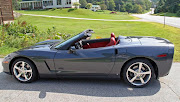




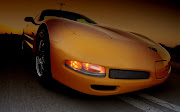
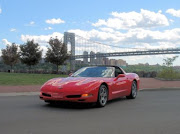
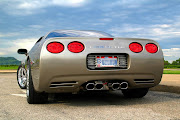
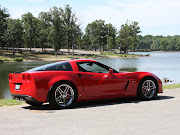



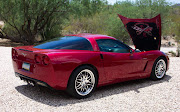
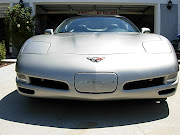

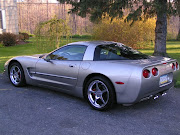
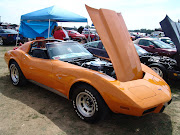


No comments:
Post a Comment